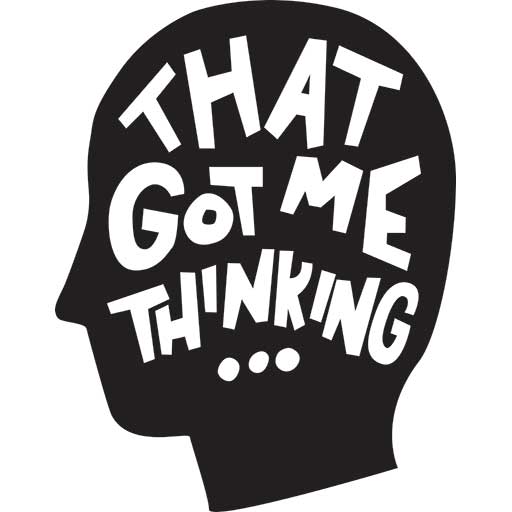The goal of Collaborative Problem Solving is to reach a satisfying solution for all involved, but it’s a process and the process contains a number of stages. For me, the first stage is getting all riled up. I get righteous. I blame. I take a position and start vehemently arguing my side. I’m good at it – I’m an attorney. I’m also a product of the ’60s and ’70s. Nothing gets me riled up faster than an obvious injustice. Show me a blatant social injustice and I’m on fire. I rant. I get up on my soap box and I get mad.
But I don’t let this obstruct my purpose. I know this about myself and I recognize my patterns. Once I get riled up, I tend to focus on what was done wrong in the situation and who did what to whom, rather than looking at potential solutions. However, once I get that out of my system, I settle down to productive business. It’s helpful for me to talk to someone who sees the opposite side of the issue. Personally, I’m not wedded to being right, I just tend to get indignant at the start. I need to express myself and get it out of my system. After I’ve done that, I calm down and am able to appreciate the other side of the story. Then, I can get clear on what is actually going on, and what I want to see as a resolution.
I’ve cleared away the noise and fog; so I can identify my values and objectives for resolution. The next step for me is to begin constructive problem solving. I voice my concerns in a way that can be heard and drive toward a solution that rectifies the “wrong” and satisfies everyone’s interests involved in the conflict.
Constructive problem solving can’t begin until you get through the emotion. Be it a contentious divorce or any other highly charged issue. So let it flow. Express yourself (in the most respectful manner possible) and get down to finding mutually satisfying solutions. Practice being aware and attuned to the dynamics at hand. Deepen your knowledge of yourself and those with whom you deal on a regular basis. Maybe you flare up at first or maybe you tend to go silent for a time. Begin to understand the process and the stages that you go through before you are able to be constructive and collaborative. Give yourself and others the freedom and permission to move through the emotions and reach a space where constructive problem solving can reign.

